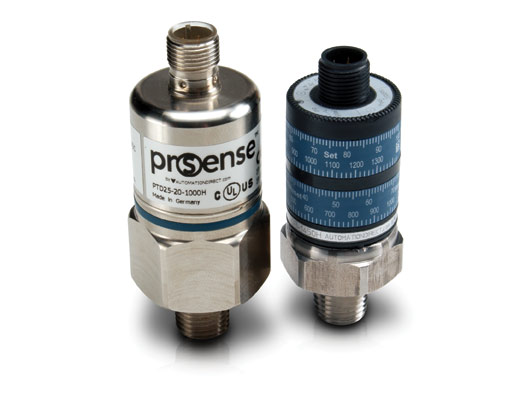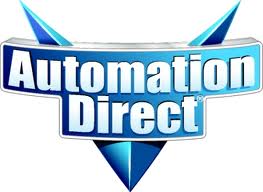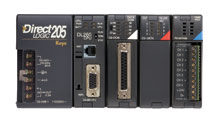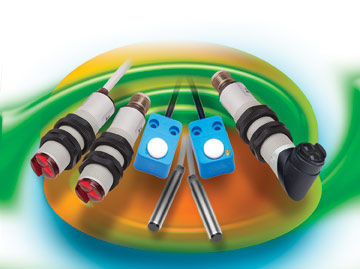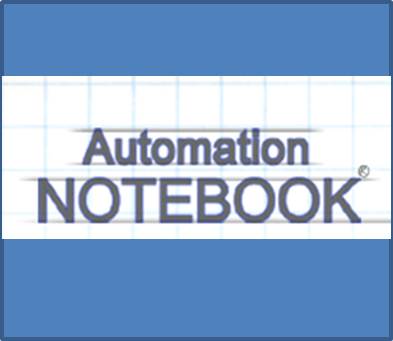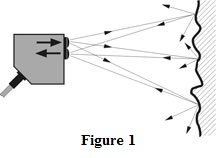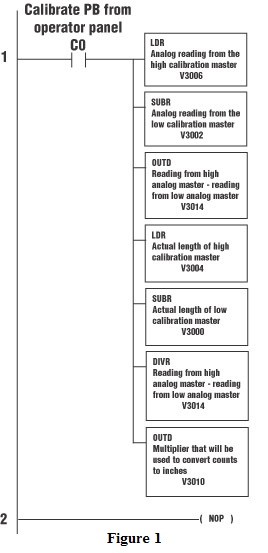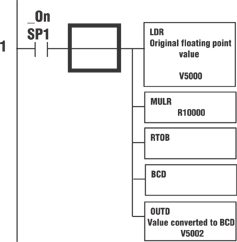+Tech TopicsAutomation NotebookFYIIssue 10 – 2008Learning ResourcesMotorsNotebook IssueProductVariable Speed Drives
Motor Questions Answered
FAQS Question: Can IronHorse™ motors be used with a drive? Answer: IronHorse™ motors can be used with drives, but there are some limitations. Depending on your application, there may be good reasons to step up to an inverter-duty motor in your application. Question: What’s the difference between a General Purpose motor and an Inverter Duty motor? Answer: General…



